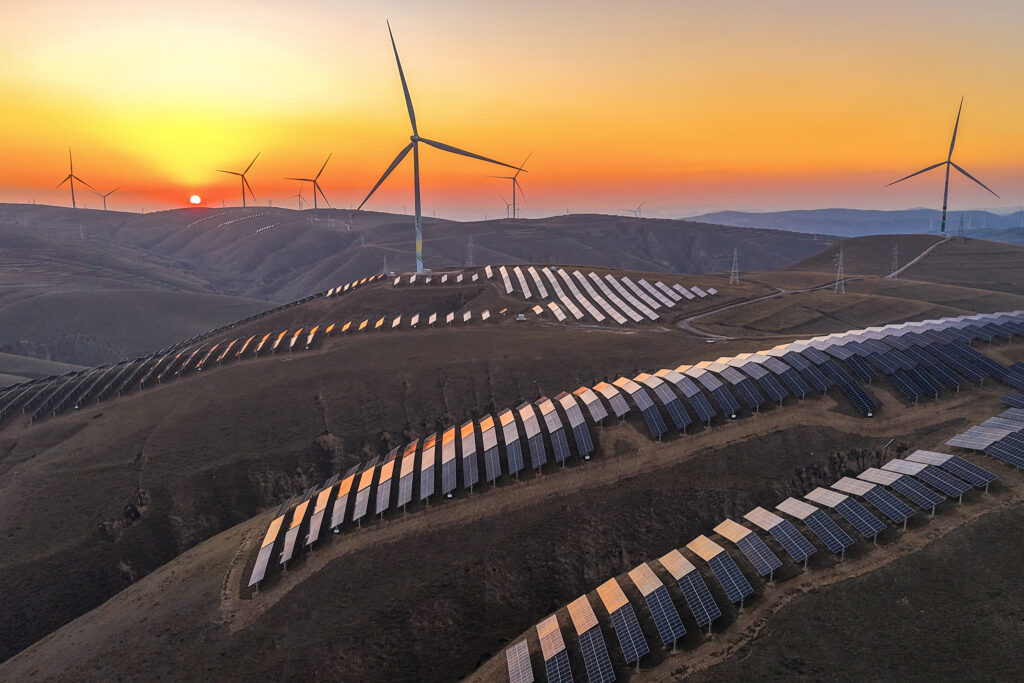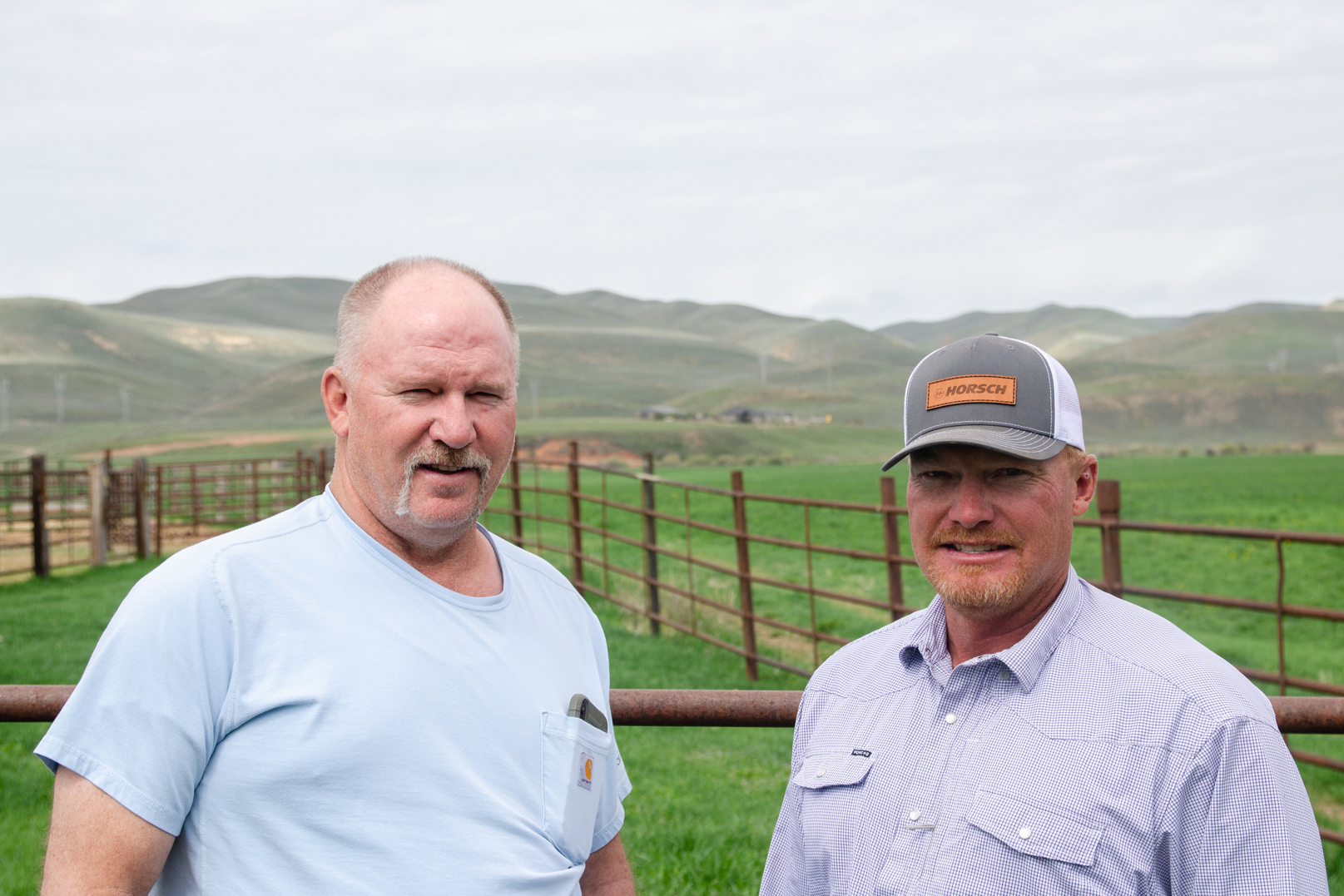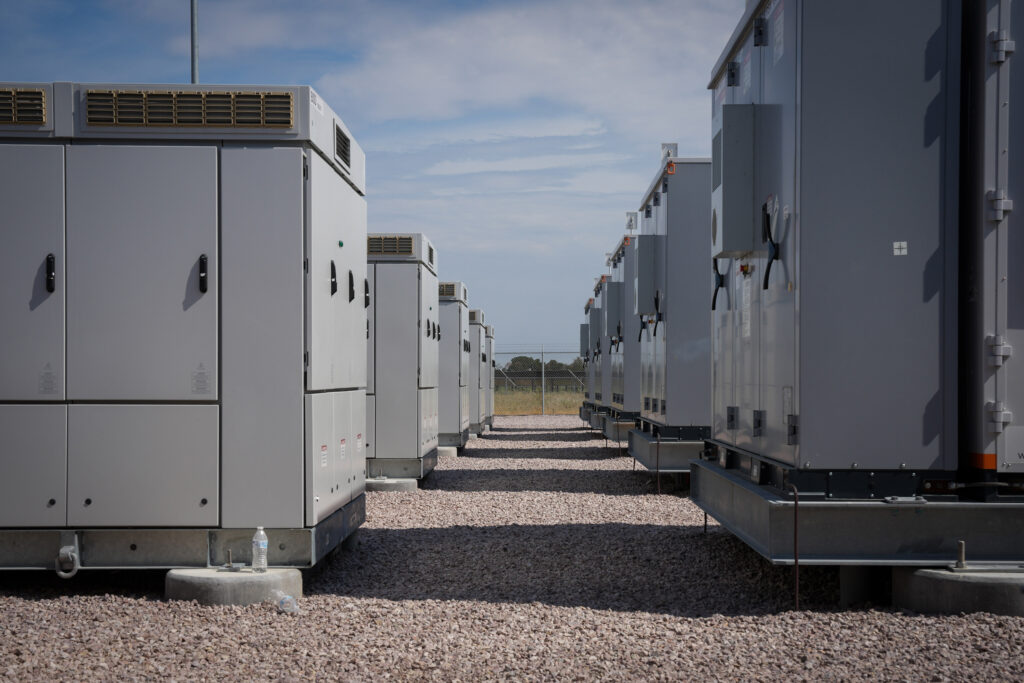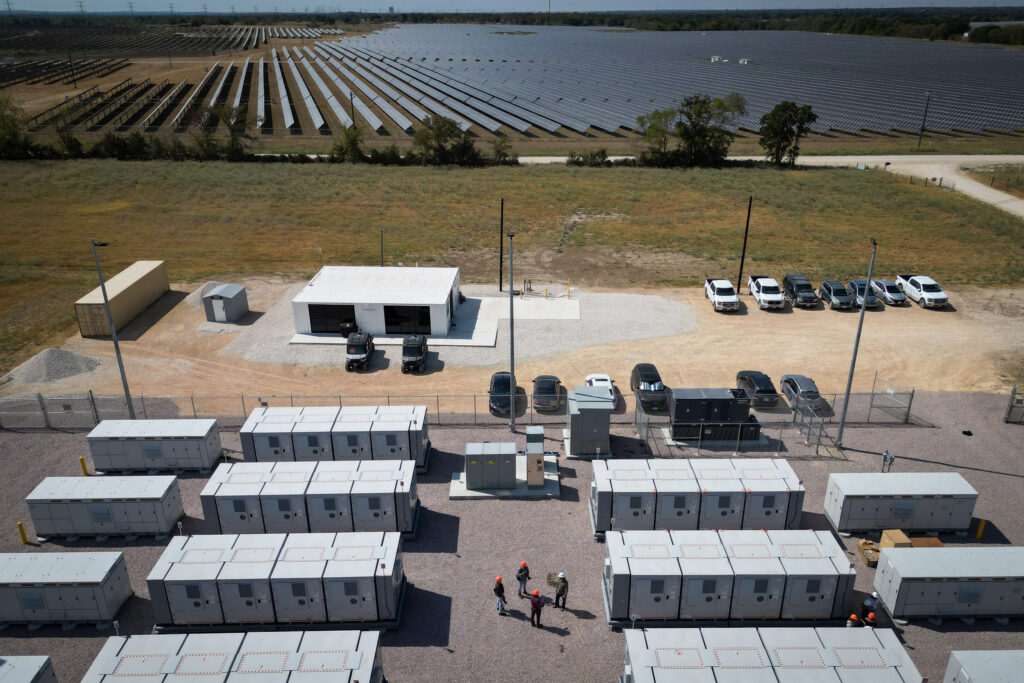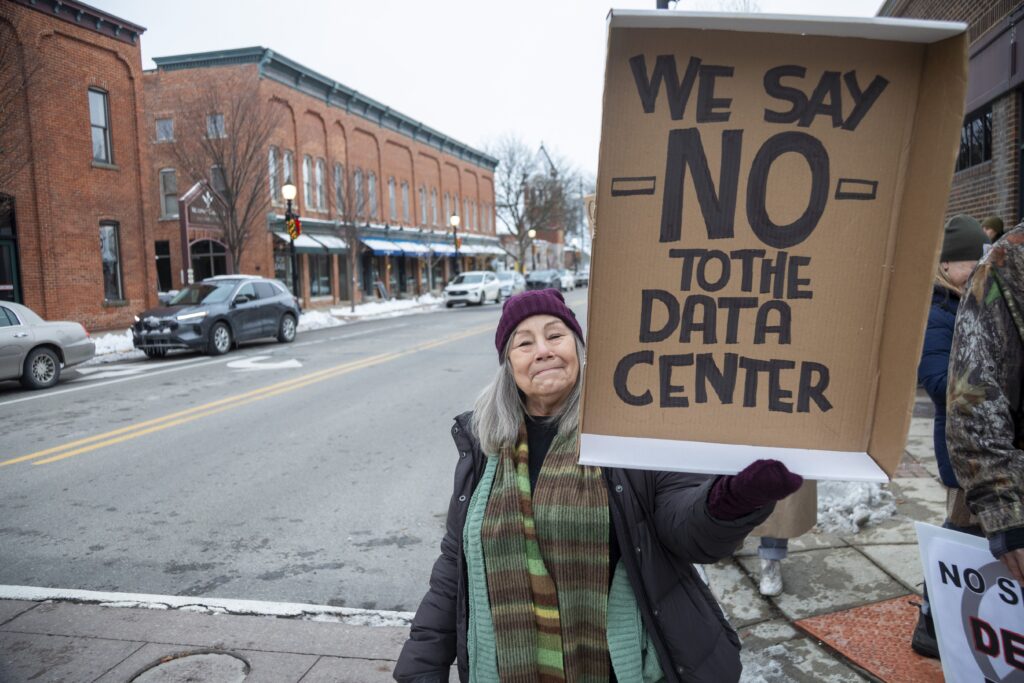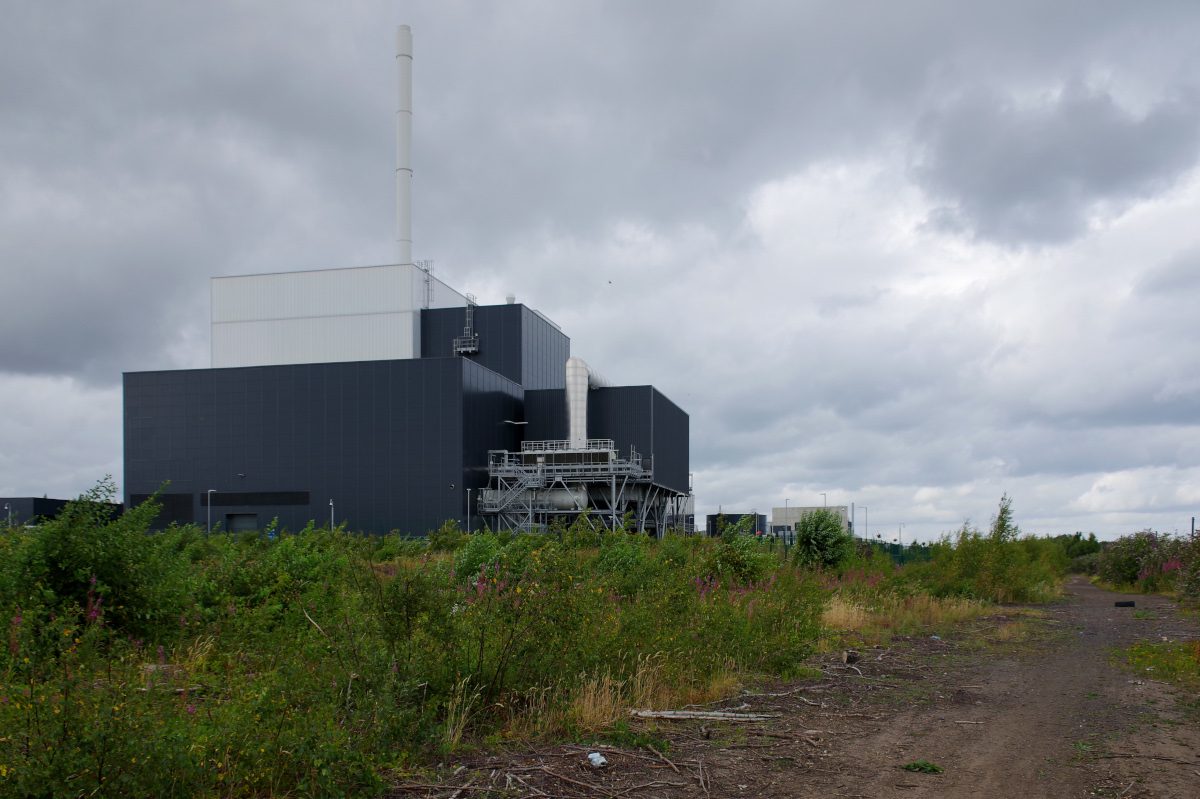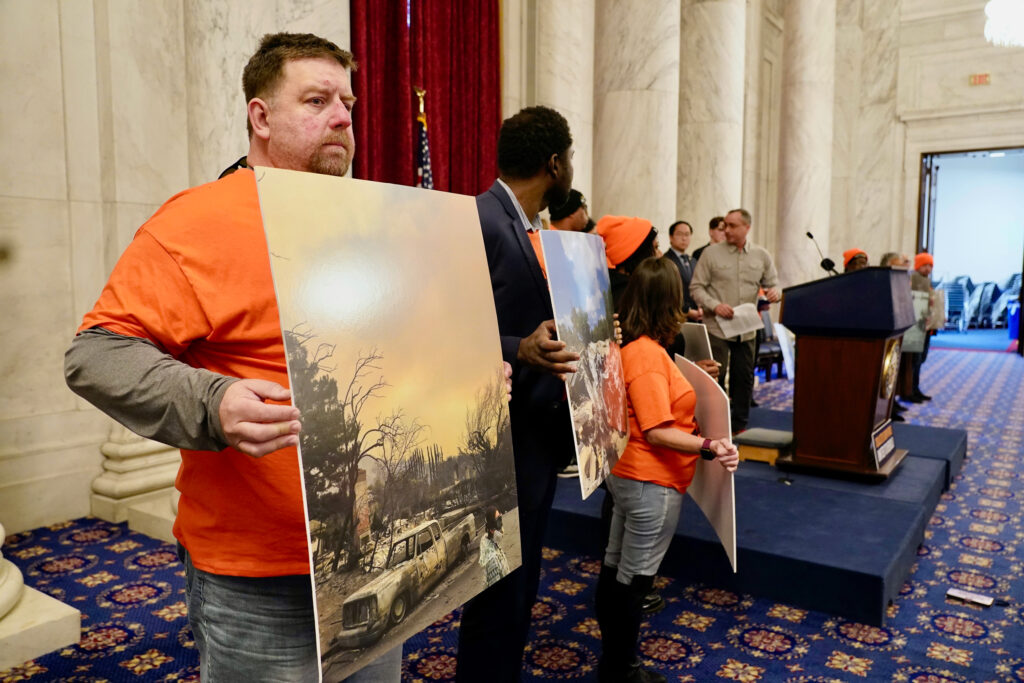It’s a rough time to be in the automobile industry.
President Donald Trump’s tariffs are punching holes in plans that took years to develop regarding global supply chains and managing the long-term shift to electric vehicles.
And then, on April 14, Trump suggested he might pause a 25 percent tariff on imported cars that took effect on April 3 and a 25 percent tariff on imported auto parts that is scheduled to take effect in early May. Other tariffs affecting the industry would remain in effect, including a newly imposed universal tariff of 10 percent and higher tariffs on many goods from China.
While a pause would be helpful in the short run, the lack of predictability is a hazard for an industry that thinks in multiyear timeframes and craves stability.
We’re hiring!
Please take a look at the new openings in our newsroom.
See jobs
“What we’re experiencing is just profound uncertainty,” said Jason Miller, a professor of supply chain management at Michigan State University.
As tariffs inevitably get passed along to consumers, prices for new cars and trucks will increase. EVs stand to be hit hard, since many popular models are built outside of the country, including the Chevrolet Equinox EV and Ford Mustang Mach-E, which are made in Mexico. Many other models use imported battery components and other imported parts.
It’s anyone’s guess what EV sales will look like for the remainder of this year. I’m going to hold off on listing the outlooks of forecasters because underlying factors are changing so quickly that predictions are especially difficult. Although it’s not an automaker, United Airlines was notable in the way it’s dealing with uncertainty: It issued two profit forecasts this week, saying the economy is “impossible to predict.”
But I can say with certainty that the EV market was showing strength in the first quarter, providing a “before” picture to compare to what comes next.
From January to March, U.S. customers bought 296,227 EVs, an increase of 11 percent from the same period in 2024, according to Cox Automotive. EVs had a market share of 7.5 percent of U.S. cars and light trucks, an increase from 7 percent in the prior-year period.
The gains came despite continuing struggles by the U.S. sales leader, Tesla, whose sales were down 8.6 percent from a year ago. Overall sales of EVs grew because of growth from other brands, including Ford, Chevrolet and BMW.

Some of the strength in the EV market was likely because customers were trying to buy before tariffs took effect.
“Buyers are buying aggressively to get ahead of the tariff impact,” said Jonathan Smoke, chief economist for Cox, in a video report this week on the U.S. auto market that included gasoline and electric vehicles.
The idea behind Trump’s tariffs is that the added costs will convince companies to shift their manufacturing to the United States, bringing investment and jobs. But the changes in policy are moving faster than companies can react, said Miller of Michigan State.
“I think for a lot of firms, the question is, ‘Do we make multimillion dollar changes to our production networks, given that these things could be reversed very quickly?’” he said.
The fastest scenario for shifting production, he said, would be for a company to have unused capacity at a U.S. plant that can rapidly go through retrofits to do work that had been done at plants in other countries. But even then it would take up to a year to make changes to tooling, redirect parts suppliers and prepare the workforce, he said.
Construction of new factories would take much longer.
“If Ford just decides today, ‘Hey, we’re going to open another plant,’ you’re probably looking at four to five years until that plant is churning out vehicles,” Miller said. “You can’t just flip a switch and rearrange these production networks.”
Auto industry trade groups have attempted to make this case to the Trump administration, which may help to explain the talk of a tariff pause.
“Automotive facilities and global supply chains create American jobs, provide Americans with vehicle choice and the big one—support auto affordability in America,” said John Bozzella, president and CEO of the Alliance for Automotive Innovation, in a March 28 statement. “We are committed to building and investing in the U.S., but these facilities and supply chains are massive and complex and can’t be relocated or redirected overnight.”
This story is funded by readers like you.
Our nonprofit newsroom provides award-winning climate coverage free of charge and advertising. We rely on donations from readers like you to keep going. Please donate now to support our work.
Donate Now
His organization includes auto manufacturers, parts manufacturers and battery makers, among others.
“Additional tariffs will increase costs on American consumers, lower the total number of vehicles sold inside the U.S. and reduce U.S. auto exports—all before any new manufacturing or jobs are created in this country,” he said.
This is a message that should give pause to anybody who wants the votes of people who live in states with a lot of auto manufacturing. The top five states for motor vehicle assembly and auto-parts manufacturing jobs are, in order, Michigan, Indiana, Ohio, Kentucky and Alabama, according to the Bureau of Labor Statistics.
One thing they have in common: They all voted for Trump in the last election.
Other stories about the energy transition to take note of this week:
Judges Order Federal Government to Unfreeze Climate Funding: Federal court judges in the District of Columbia and Delaware ordered the release of federal climate grants that have been frozen since February, finding that there is no good reason to hold back the money, as Claire Brown and Karen Zraick report for The New York Times. The rulings in two separate cases are part of an ongoing legal fight over the Trump administration’s attempt to defund $20 billion of the Greenhouse Gas Reduction Fund. The Trump administration is likely to appeal. My colleague Marianne Lavelle and I wrote this month about the origins of this fund and the controversy surrounding it.
China Limits Exports of Rare Earth Minerals, Harming U.S. Defense and Energy Industries: In response to rising tariffs from the United States, China has put limits on exports of seven rare earth elements used by the defense, energy and auto industries. By flexing its muscles as a dominant supplier of these elements, China could do serious harm to the United States, according to a report from the Center for Strategic and International Studies. The United States is unusually vulnerable to a disruption in the flow of these materials—which include samarium, gadolinium and others—as Dylan Butts reports for CNBC.
Doing the Math on Home Energy Upgrades: Obtaining savings from making home energy upgrades is far from straightforward, Simon Ducroquet and Shannon Osaka report for The Washington Post. Using a model developed at Harvard’s Graduate School of Design, the reporters went through several scenarios for the costs and benefits of solar panels and heat pumps, among others. One takeaway is that the savings from switching to a heat pump are so small that it may take decades for the savings to cover the installation costs. Along those lines, the rising cost of electricity has limited the potential for savings from heat pumps in California, as Twilight Greenway reports for ICN.
A Michigan Law to Ease Siting of Renewable Energy Projects Has Provoked Backlash: Michigan lawmakers had hoped to reduce tensions over siting wind and solar projects by passing a law last year that ended the veto power of local governments and set up a state-run process that seeks to address local concerns while also facilitating development. So far, tensions remain strong as local opponents of development are upset about the loss of local control, as Douglas J. Guth reports for ICN.
Inside Clean Energy is ICN’s weekly bulletin of news and analysis about the energy transition. Send news tips and questions to [email protected].
About This Story
Perhaps you noticed: This story, like all the news we publish, is free to read. That’s because Inside Climate News is a 501c3 nonprofit organization. We do not charge a subscription fee, lock our news behind a paywall, or clutter our website with ads. We make our news on climate and the environment freely available to you and anyone who wants it.
That’s not all. We also share our news for free with scores of other media organizations around the country. Many of them can’t afford to do environmental journalism of their own. We’ve built bureaus from coast to coast to report local stories, collaborate with local newsrooms and co-publish articles so that this vital work is shared as widely as possible.
Two of us launched ICN in 2007. Six years later we earned a Pulitzer Prize for National Reporting, and now we run the oldest and largest dedicated climate newsroom in the nation. We tell the story in all its complexity. We hold polluters accountable. We expose environmental injustice. We debunk misinformation. We scrutinize solutions and inspire action.
Donations from readers like you fund every aspect of what we do. If you don’t already, will you support our ongoing work, our reporting on the biggest crisis facing our planet, and help us reach even more readers in more places?
Please take a moment to make a tax-deductible donation. Every one of them makes a difference.
Thank you,




